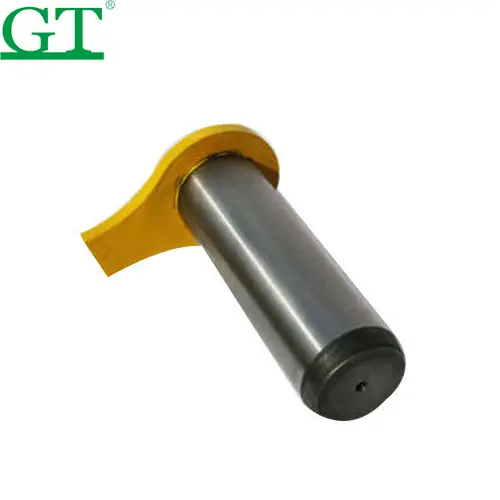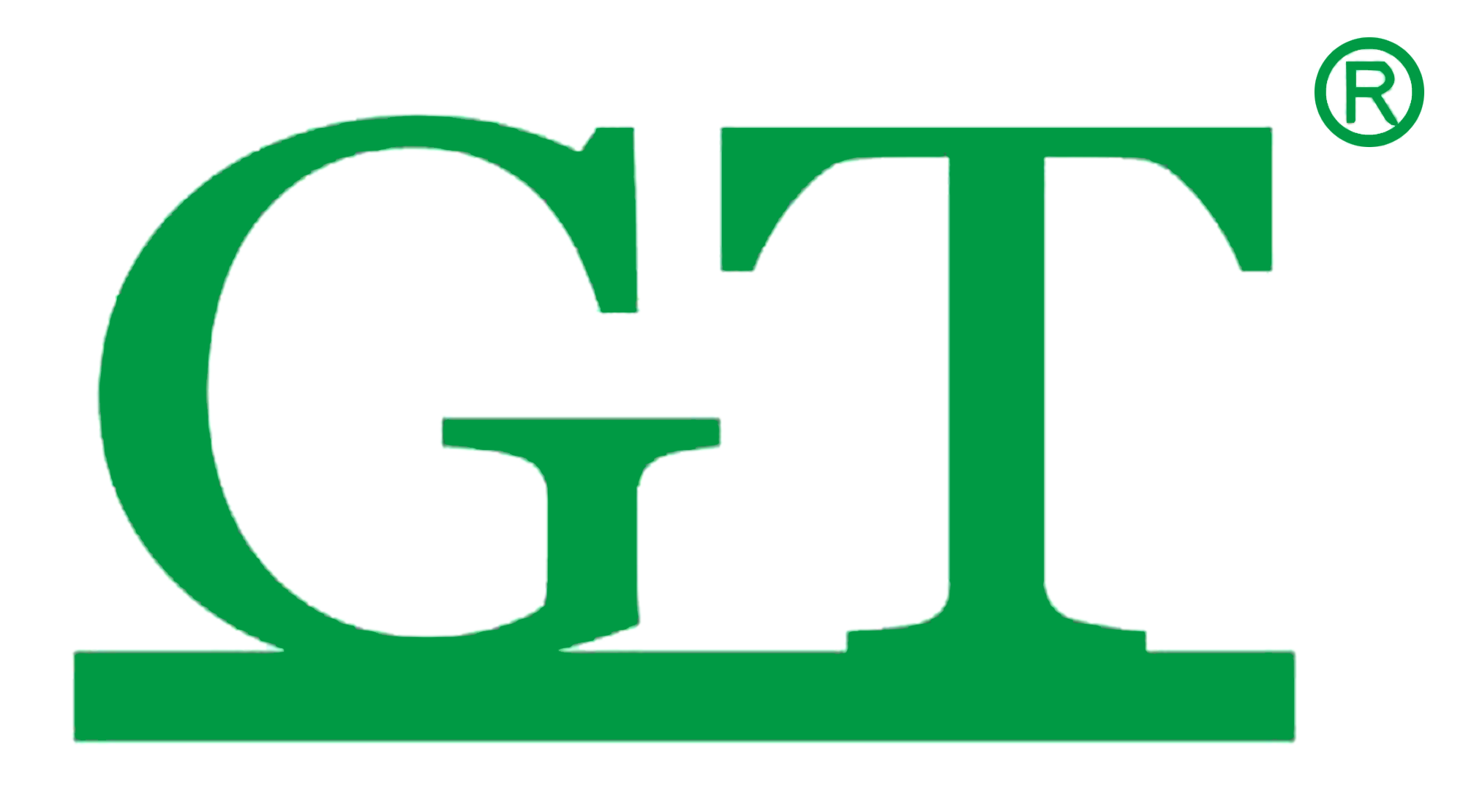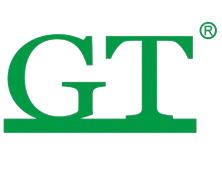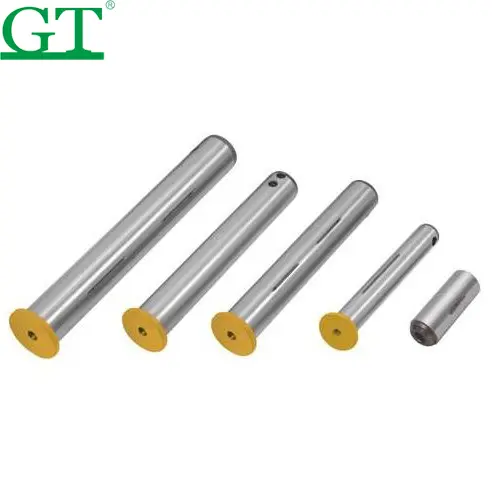The Critical Role of High-Strength Bucket Pins in Excavator Durability and Performance
Why Modern Excavation Demands Higher Stress Resistance in Bucket Pins
These days, excavation work deals with all sorts of tough stuff like reinforced concrete and packed gravel, which puts serious stress on bucket pins. The pins need to handle shear forces over 180 MPa to keep things running smoothly. With projects getting shorter and deadlines tighter, machines are being pushed way past those regular 8 hour work cycles. This constant overuse really takes a toll on standard grade pins. When it comes down to it, high stress resistance matters because nobody wants unexpected downtime. Operators who go for cheaper pins end up replacing them almost three times as often when working around rocks and hard surfaces according to Equipment Maintenance Quarterly from last year. That kind of replacement frequency adds up fast in terms of both time and money.
How High-Strength and Alloyed Steels Improve Load Capacity and Fatigue Life
Steel alloys containing around 1.5 to 3.2 percent chromium along with approximately 0.2 to 0.5 percent molybdenum can reach impressive tensile strengths ranging from 1,200 to 1,500 MPa. This means these materials can handle roughly twice the load compared to standard carbon steel pins used in similar applications. When manufacturers apply precise quenching followed by proper tempering processes, they actually improve the microscopic grain structure of the metal. This structural refinement helps slow down how cracks spread through the material, which translates into about 300 to 400 extra hours of service life before failure occurs during repeated stress cycles. Another major benefit is reduced risk of cold welding between moving parts like pins and bushings. Cold welding remains one of the primary reasons joints seize up completely in equipment subjected to heavy impacts over time.
Real-World Impact: Reduced Failure Rates After Upgrading to High-Strength Steel Pins
Field tests lasting twelve months at forty-seven different mining locations revealed that switching to ASTM A434 grade steel pins cut pin failures by nearly two thirds. The savings were substantial too operators found they were spending around eighteen thousand dollars less each month on replacements for their excavators plus all the time lost when machines had to be taken out of service. A mining company shared their experience where bucket detachments dropped from whatever number down to just ten percent during those tough deep trench operations. They attributed this improvement to how these new pins handled bending forces well beyond nine thousand five hundred Newton meters without breaking.

Bronze Bushings: Enabling Low-Friction, High-Wear Resistance in Harsh Operating Conditions
The pins and bushings on excavator buckets take a real beating, especially when working through those gritty soils that create friction forces sometimes hitting over 8,500 PSI during normal digging operations. Bronze bushings help cut down on wear because they have these self lubricating qualities, which makes all the difference in those wet conditions or dusty job sites where regular maintenance gets tough. The high lead content in tin bronze alloys keeps them from breaking down even when subjected to loads above 4,000 PSI according to Metaltek's 2024 findings. These materials actually reduce direct metal contact thanks to tiny graphite channels built right into their structure, something that extends component life significantly in heavy duty applications.
In abrasive soil conditions, bronze bushings show 57% less wear than steel alternatives after 2,000 operational hours. Their ability to absorb fine particulates without galling prevents the seizing common in steel bushings under heat and pressure. Operators in silica-rich environments see 75% longer service life with aluminum-bronze alloys hardened to 190 HB.
Environmental factors influence material selection:
- Saltwater exposure requires naval bronze alloys with 1.5–2% nickel for corrosion resistance
- High-impact applications benefit from manganese bronze grades handling shock loads up to 6x static ratings
- Temperatures below -20°F (-29°C) require low-temp bronzes to avoid brittle fracture
For optimal bucket pin and bushing alignment, manufacturers recommend interference fits of 0.0015–0.003 inches per inch of diameter. This precision prevents wall walk while accommodating thermal expansion, especially important given bronze’s 18.7 µm/m·K growth rate (ASTM B22 standards).
Optimizing Bucket Pin and Bushing Compatibility with Excavator Size and Attachment Systems
How Pin Diameter and Interference Fit Affect Structural Integrity and Longevity
The size of the pin has a real impact on how stress spreads through those critical excavator joints. When pins are off spec by more than 2mm, studies published in the Journal of Heavy Machinery back in 2023 found that bending forces go up around 30%. Getting the interference fit right matters too. Pins and bushings need about 0.05 to 0.10mm clearance for proper preload, which cuts down on that annoying cyclical movement by almost half according to test results. For folks working in mines specifically, going with larger diameter pins between 100 and 130mm makes a noticeable difference. These bigger pins with hardened surfaces tend to stick around about 15% longer compared to regular carbon steel options we see out there on equipment today.
Sizing Guidelines Based on Excavator Ton Rating and Duty Cycle
- 15–25 tonne excavators: 70–90mm pins for general construction
- 30–45 tonne models: 100–120mm pins for quarrying and high-impact work
- 60+ tonne machines: 130–150mm pins with tapered bushings
Heavy-duty mining operations need 25% larger pin diameters than municipal applications of the same tonnage. Matching pin dimensions to machine weight reduced pivot joint failures by 30%, according to a 2023 industry study.
Ensuring Seamless Integration with Quick Hitches and Coupler Mechanisms
Grabber style couplers that are standardized let operators switch buckets in less than twelve minutes while maintaining around 1 mm of positioning accuracy according to data from the Excavator Attachment Compatibility Report released last year. Many modern models feature built in automatic lubrication points on those coupler ears which helps extend bushing lifespan significantly when working in gritty soil conditions. The latest pin coupler systems are making a big difference too, cutting down on required bucket stock by roughly forty percent because they work across different machines, something fleet managers confirmed in their second quarter reports this year.
FAQs
Why is stress resistance important for bucket pins?
Stress resistance is crucial for bucket pins to avoid unexpected downtime, especially when working with tough materials like reinforced concrete and packed gravel. High-stress resistance helps prevent frequent replacements and ensures machine longevity.
How do steel alloys improve the performance of bucket pins?
Steel alloys, with elements like chromium and molybdenum, offer higher tensile strengths, improving load capacity and fatigue life. This results in longer service life and reduced risk of cold welding between parts, essential for efficient excavation operations.
How do bronze bushings benefit excavator operations?
Bronze bushings are effective in reducing friction and wear during operation, especially in harsh environments. Their self-lubricating qualities and resistance to breakdown under high load conditions make them superior to steel alternatives.
What are the advantages of proactive pin replacement?
Proactively replacing pins before they reach 80% of their lifespan saves costs and prevents equipment damages, reducing the risk of unexpected stoppages significantly.
Table of Contents
- The Critical Role of High-Strength Bucket Pins in Excavator Durability and Performance
- Bronze Bushings: Enabling Low-Friction, High-Wear Resistance in Harsh Operating Conditions
-
Optimizing Bucket Pin and Bushing Compatibility with Excavator Size and Attachment Systems
- How Pin Diameter and Interference Fit Affect Structural Integrity and Longevity
- Sizing Guidelines Based on Excavator Ton Rating and Duty Cycle
- Ensuring Seamless Integration with Quick Hitches and Coupler Mechanisms
- FAQs
- Why is stress resistance important for bucket pins?
- How do steel alloys improve the performance of bucket pins?
- How do bronze bushings benefit excavator operations?
- What are the advantages of proactive pin replacement?




